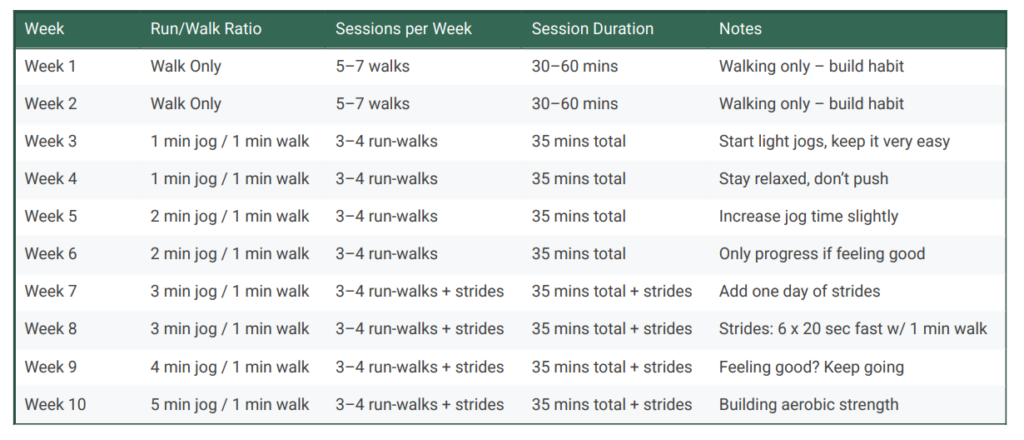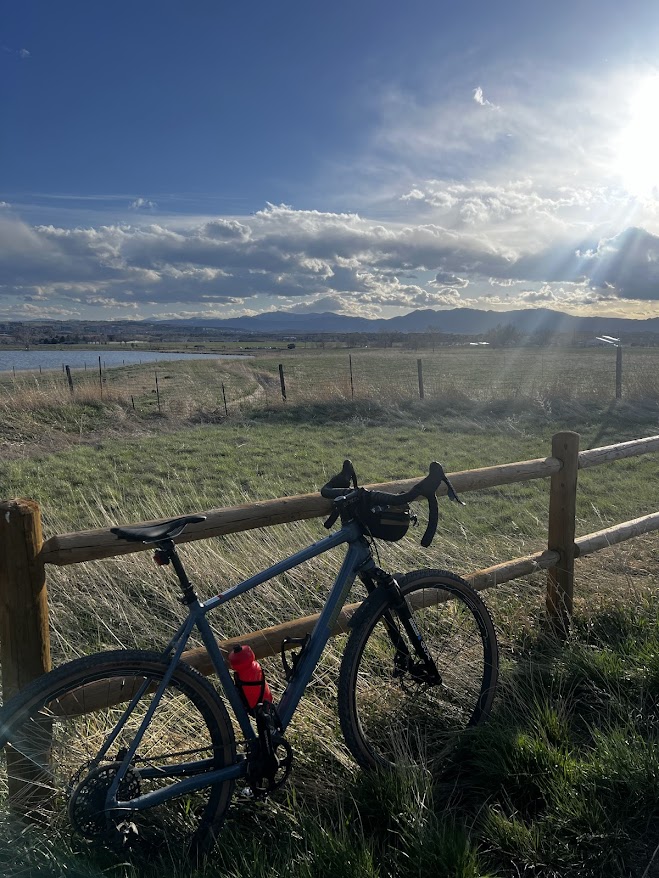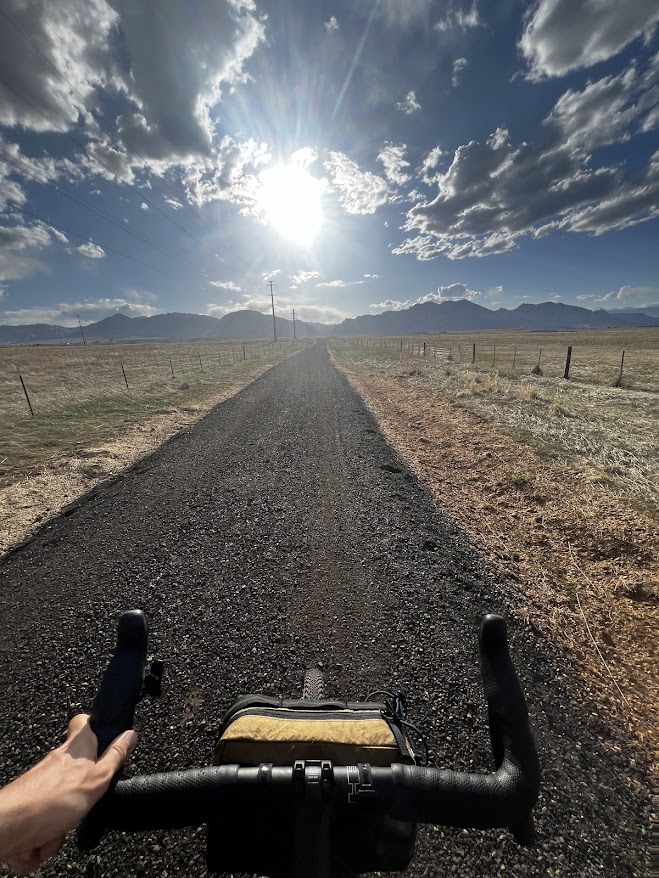How to Start Running from Scratch: A Simple Run-Walk Plan for Total Beginners
So you want to start running—but you’ve never really done it before. Or maybe it’s just been a long time. Either way, you’re not alone.
Whether you’re training for your first 5K, preparing for military or police PT tests, or just looking for a way to feel better and get in shape, running can be an incredible tool. But most people try to go too hard, too fast, and they flame out before they’ve even started.
The good news? You don’t have to jump straight into hard runs. In fact, I’d strongly recommend not doing that. Instead, we’re going to start with something way more sustainable—and honestly, way more enjoyable: walking.
Why Start with Walking Before Running?

Walking is incredibly powerful and underrated. If you haven’t been doing much activity lately, walking is the perfect first step. It starts putting a little pressure on your bones and joints, which helps them adapt and strengthen gradually. That’s a big deal, especially if you want to avoid injuries later on.
It also builds rhythm—teaching your body how to move upright for extended periods of time, setting the stage for running down the road. And mentally? It helps ease you into a routine that won’t feel overwhelming.
You can start walking 5 to 7 days a week, 30–60 minutes at a time. Take your dog. Go on a nature walk. Head to the park. This phase is about building habits, getting reacquainted with movement, and setting a strong foundation.
When Do I Start Running?

Once you’ve got about 2 weeks of walking under your belt, you might be ready to start a run-walk plan.
This means alternating very easy jogging with walking. And when I say easy jogging—I mean easy. Think light, gentle, relaxed. It doesn’t need to be much faster than your walk.
Here’s what I recommend:
- Start with 1 minute jog / 1 minute walk.
- Do that for 30–35 minutes total.
- Repeat this workout 3–4 times a week.
You can add a 5–10 minute walk at the beginning and end as a warm-up and cool-down, too.
How Do I Progress?
Stick with each jog interval for two weeks. Then bump up to the next level.
So it might look something like:
- Weeks 3–4: 1 min jog / 1 min walk
- Weeks 5–6: 2 min jog / 1 min walk
- Weeks 7–8: 3 min jog / 1 min walk
- Weeks 9–10: 4–5 min jog / 1 min walk

All along, the goal is to keep your effort easy. If you ever feel like you’re pushing too hard, scale back. There’s nothing wrong with repeating a week—or jumping back if needed. Progress doesn’t have to be linear.
What About Strides? When Do Those Start?
Once you’ve built a month of consistent run-walks (usually by the time you’re doing 3-minute jog intervals), you can add one day of strides per week.
Here’s what that looks like:
- 10 min walk warm-up
- 10 min easy jog
- 5 min walk recovery
- 6 x 20-second strides (fast, but controlled), with 1-minute walk between each
Strides are short bursts of faster running—around 80–90% effort. They improve running form, build power, and help your easy running feel smoother.
Common Mistakes New Runners Make
1. Running too fast.
There’s a 95% chance you’re going out too hard. Slow it down. You can always build up speed later, but it’s hard to come back from injury or burnout.
2. Thinking running has to be hard.
Easy running is incredibly beneficial. You don’t have to “leave it all out there” to make progress.
3. Wearing bad shoes.
Seriously—go to a local running store and get fitted. Don’t just grab a random pair from the back of your closet.
4. Rushing progression.
Just because you can do more doesn’t mean you should. It’s better to do a workout that feels doable than one that wipes you out.
How Cross-Training Can Help

The days you’re not doing run-walks are a great opportunity to build fitness in other ways:
- Walking more
- Biking or swimming
- Elliptical sessions
- Strength training
- Playing sports (basketball, pickleball, ultimate, etc.)
Movement is the key. Anything that gets you breathing and moving your body with purpose will support your running.

My Role as a Coach (And How I Can Help You)
This is where I come in. I’ve helped a lot of people just like you get started—and stay healthy doing it.
My job is to help you:
- Progress at the right pace
- Choose paces that are sustainable
- Know when to move forward or dial things back
- Incorporate strength work that supports your running
- Stay consistent and avoid burnout
If you want a personalized plan and someone to guide you through the process, that’s what I do. But if you’re more of a DIY runner, I’ve also put together a sample 10-week run-walk schedule you can follow below.
Beginner Run-Walk Plan: 10-Week Schedule
Check out the plan I’ve laid out—it covers walking, building in jog intervals, and eventually adding strides. You’ll find session timing, weekly focus, and progress markers.
(Scroll up to the table above if you missed it!)
Final Thoughts: Start Slow, Stay Consistent
Starting to run isn’t about pushing to your limits. It’s about building habits that last. If you move your body consistently, keep the effort low, and slowly increase what you can handle, you’ll be shocked at how far you can go.
If you ever feel stuck or want support along the way, I’m here to help.
Let’s get you moving.



